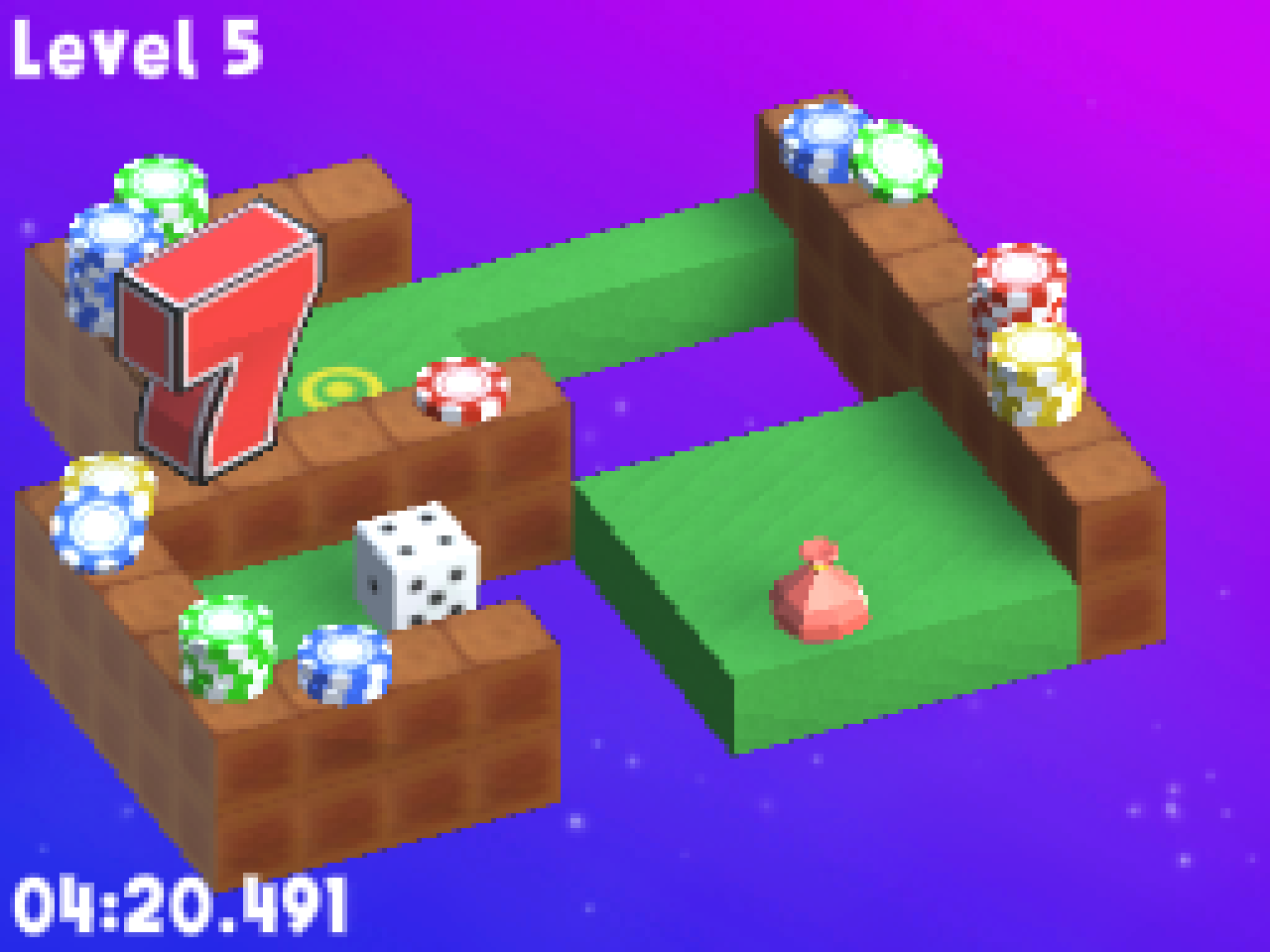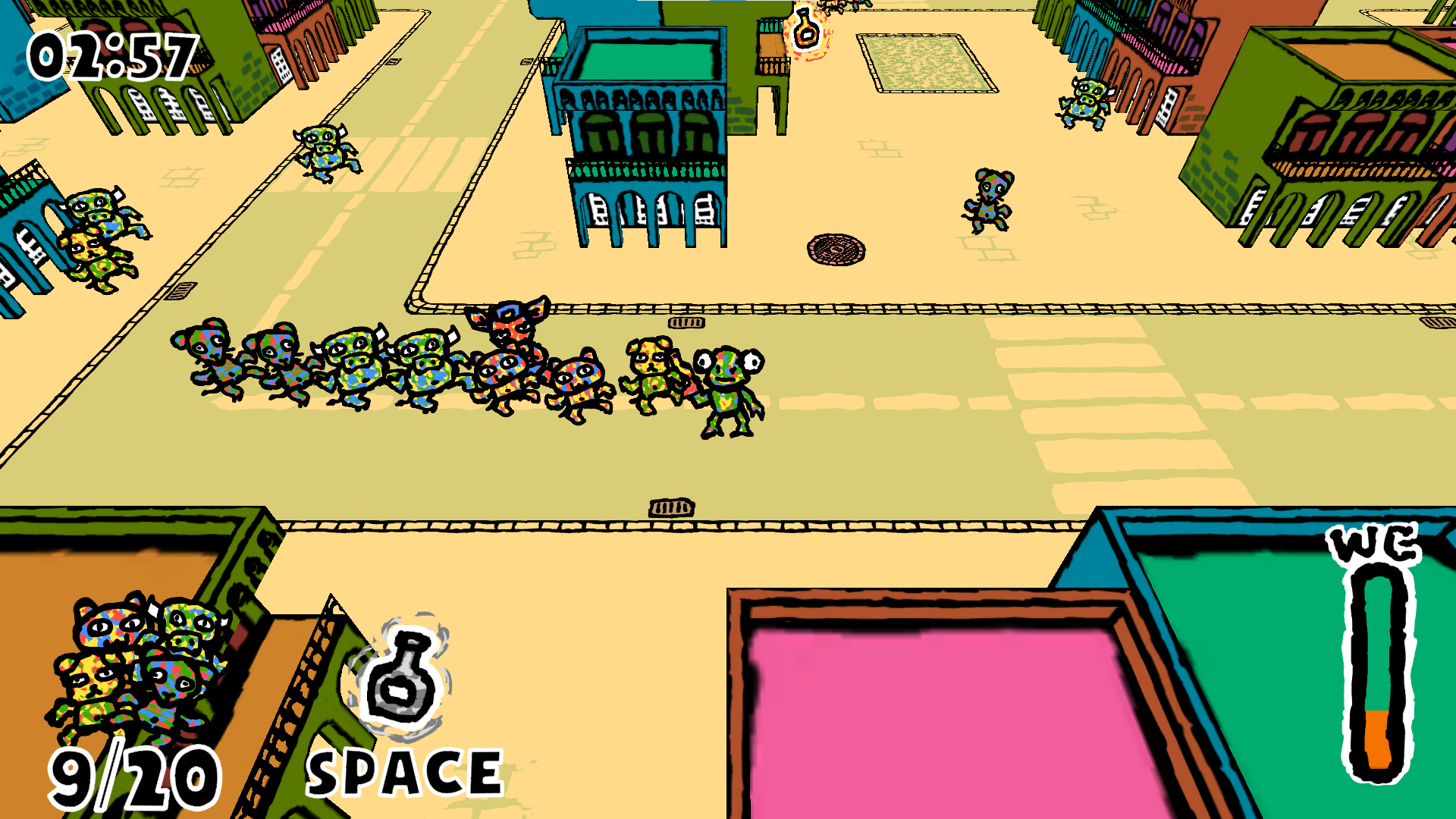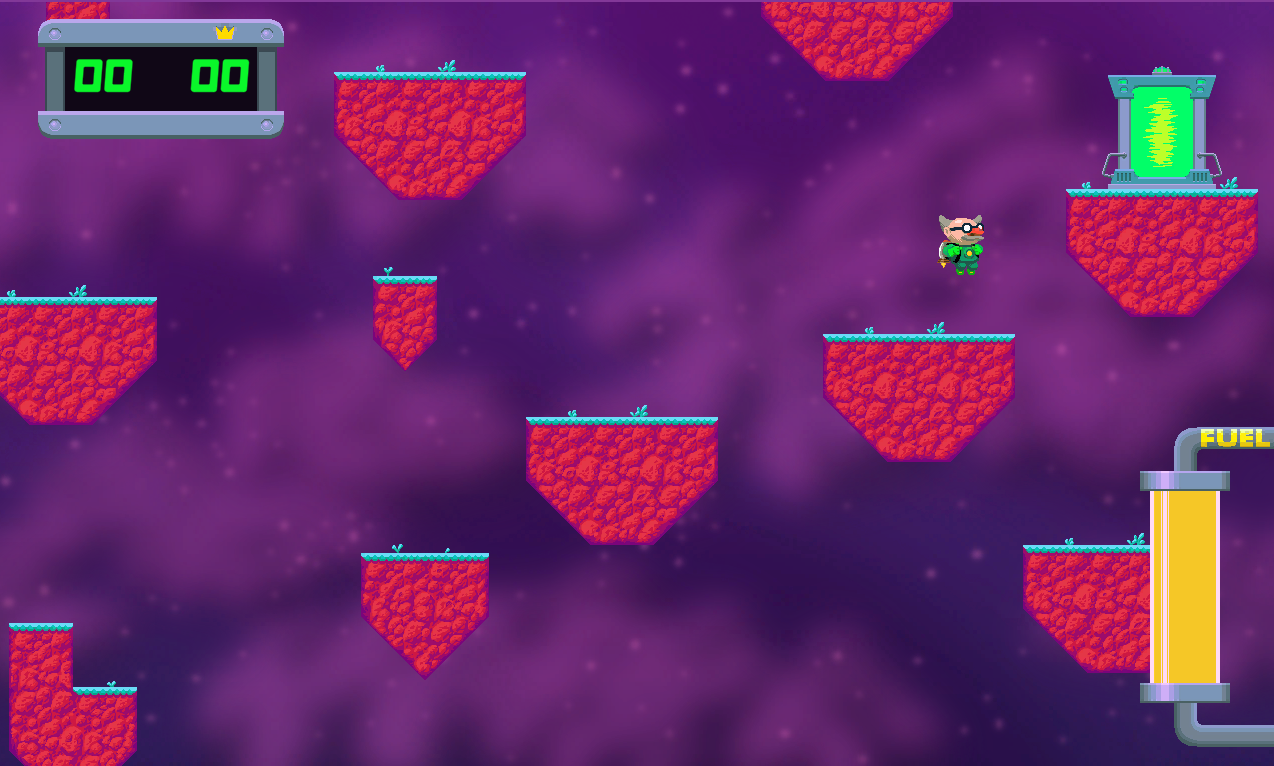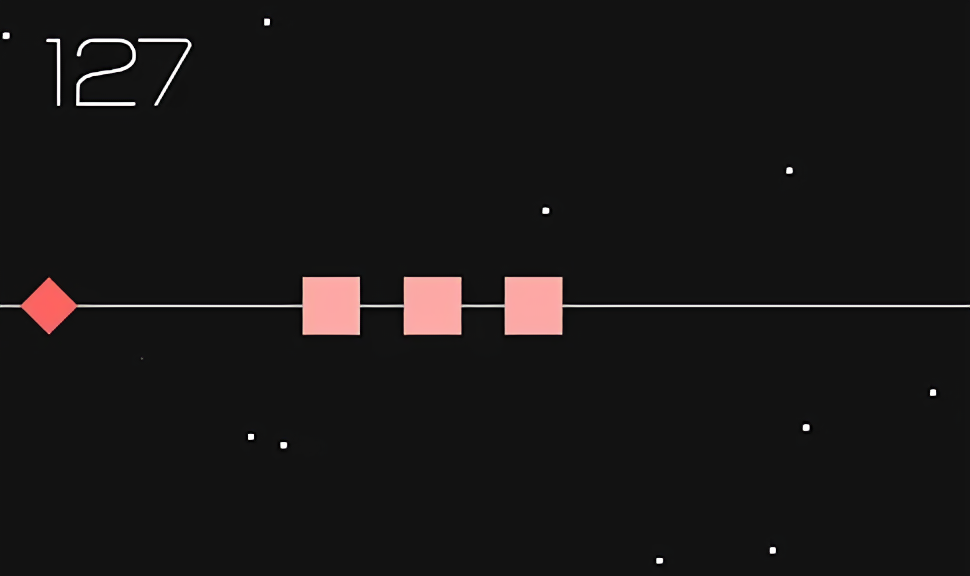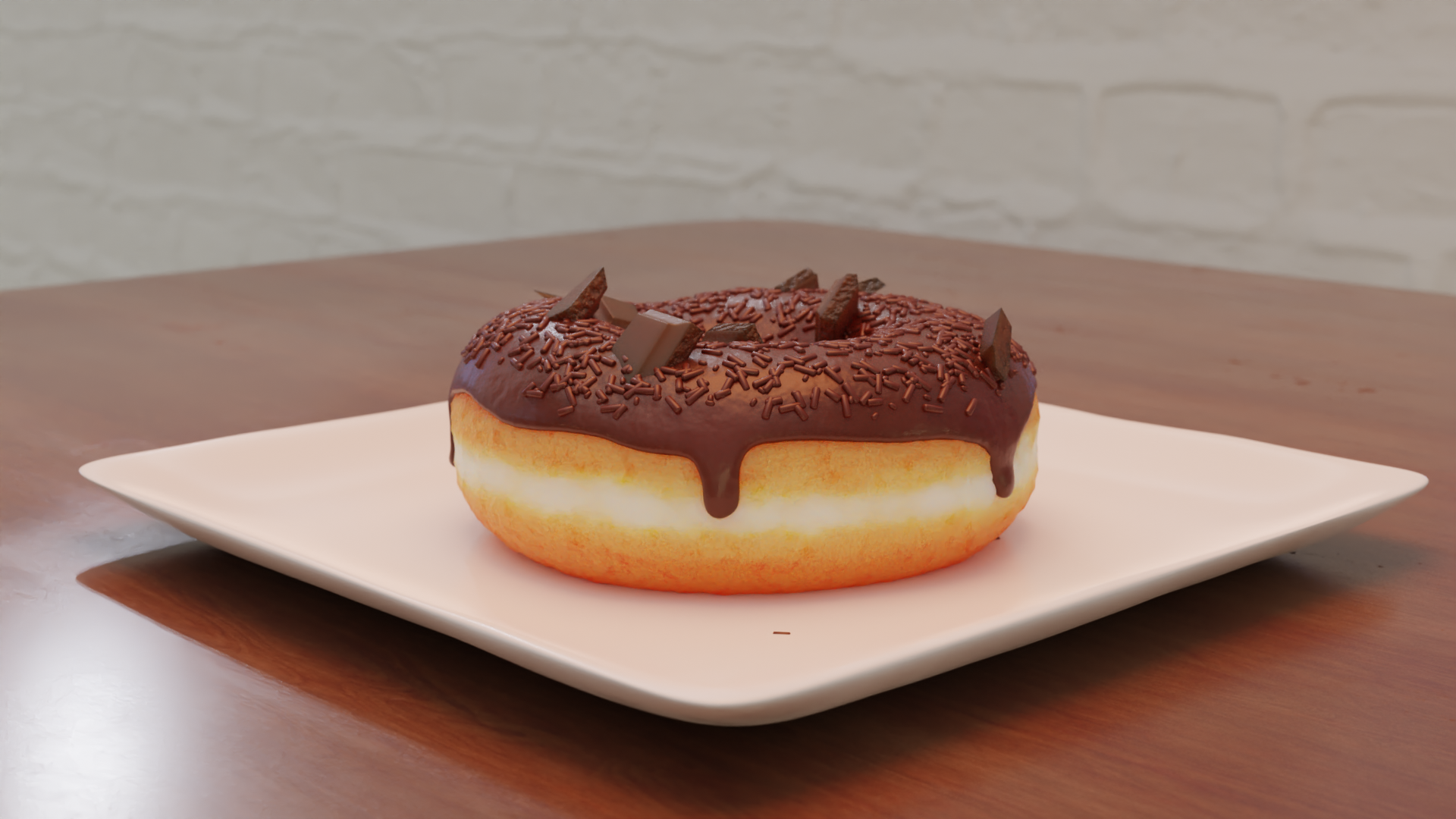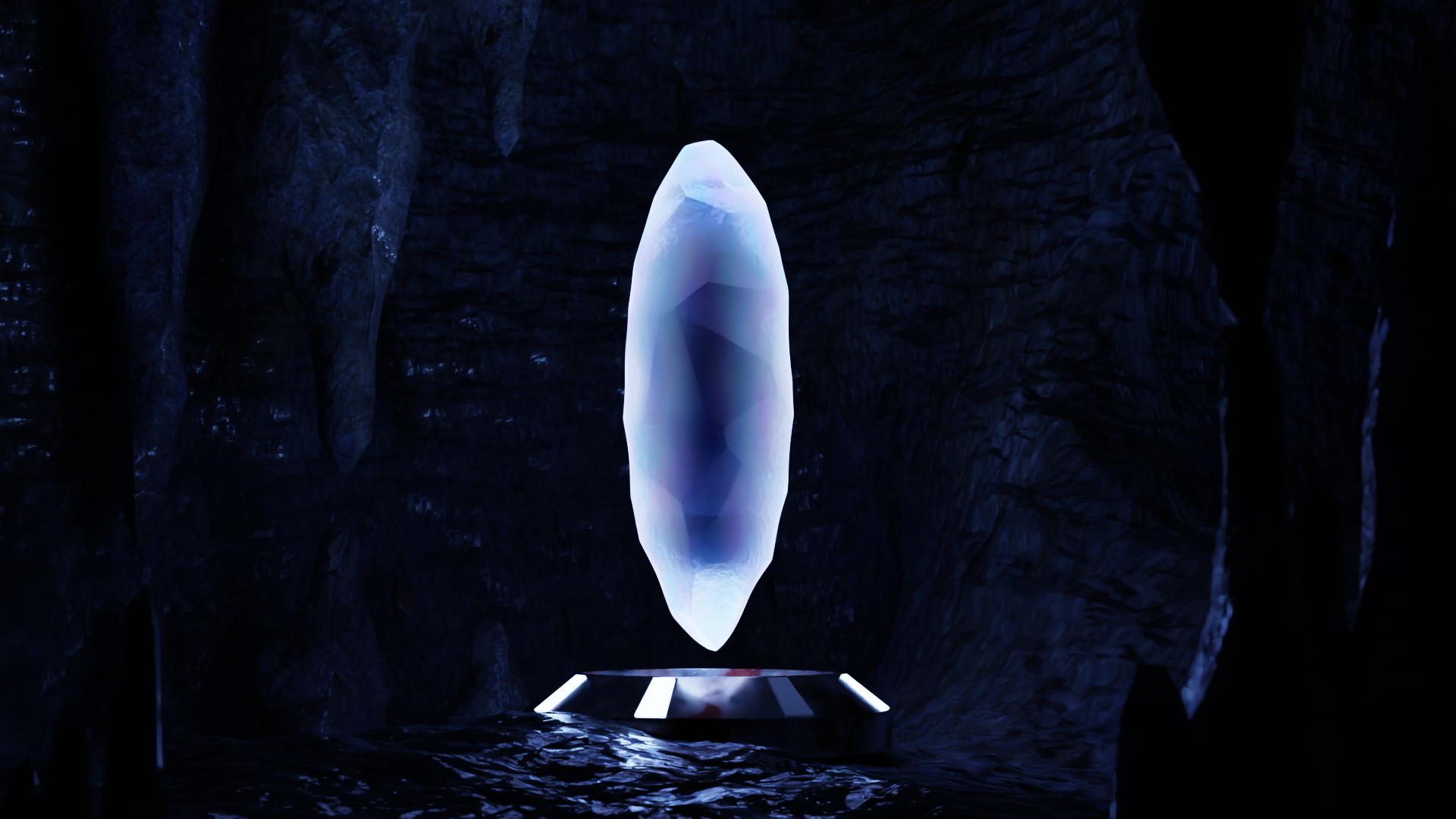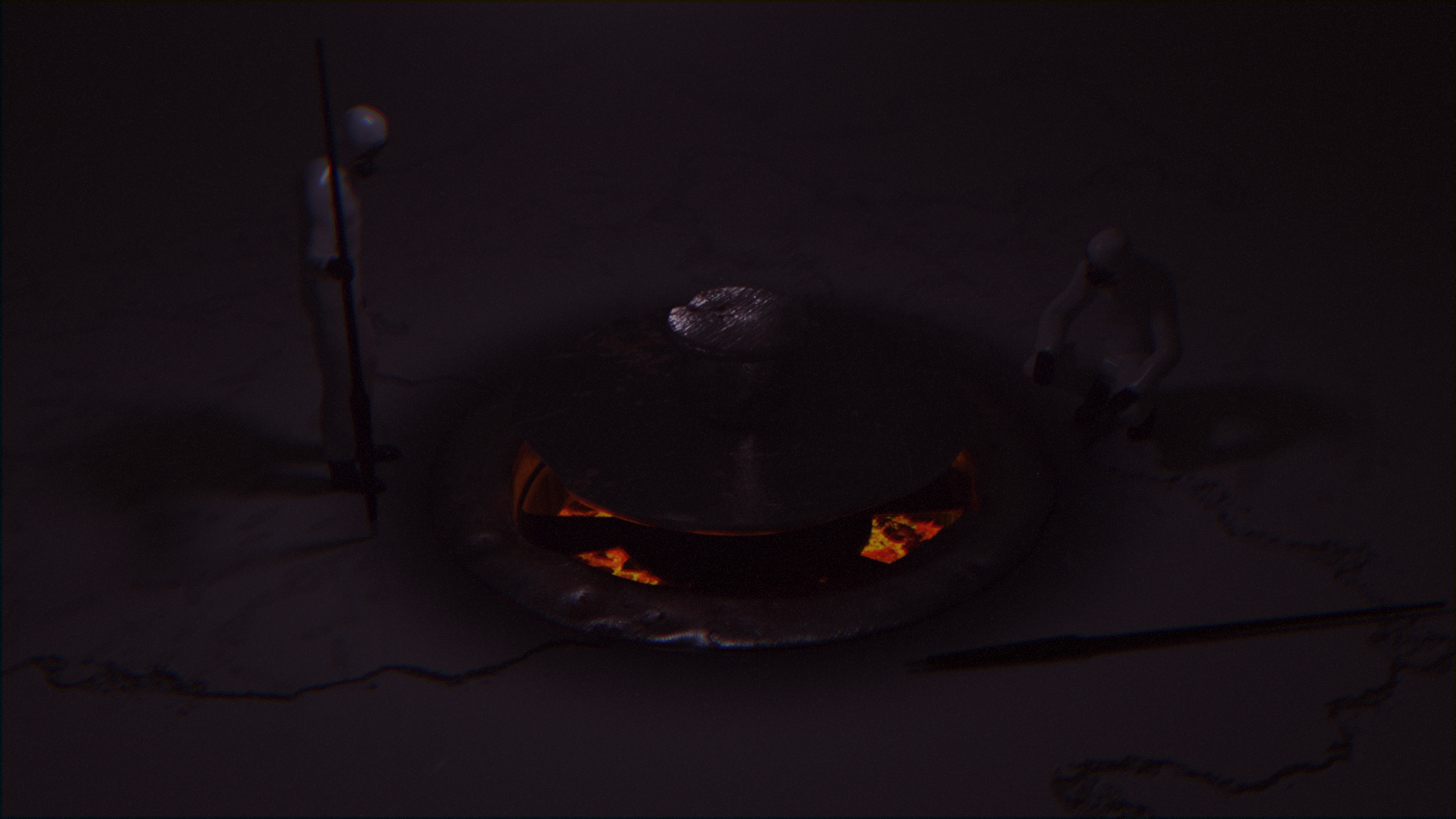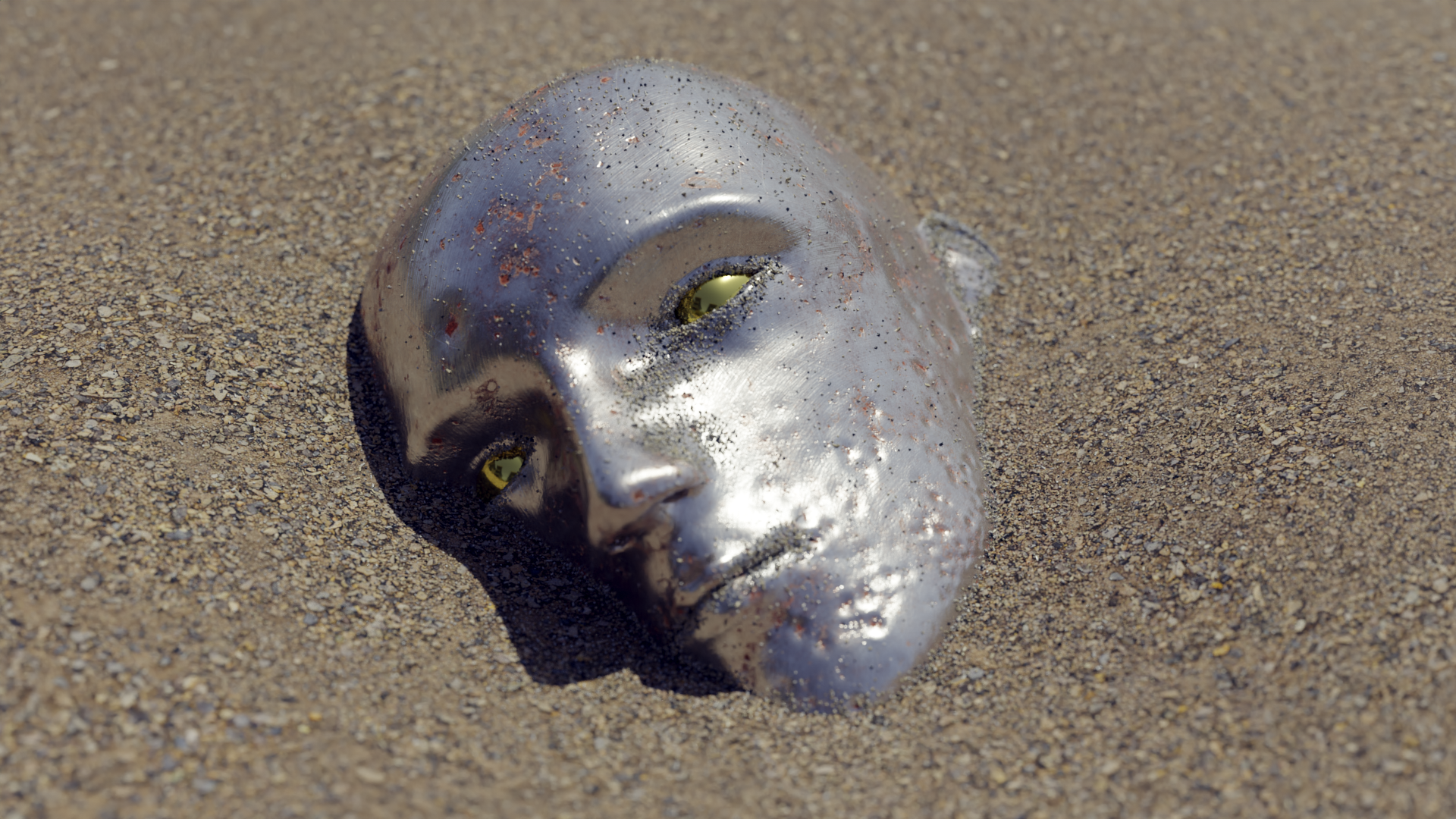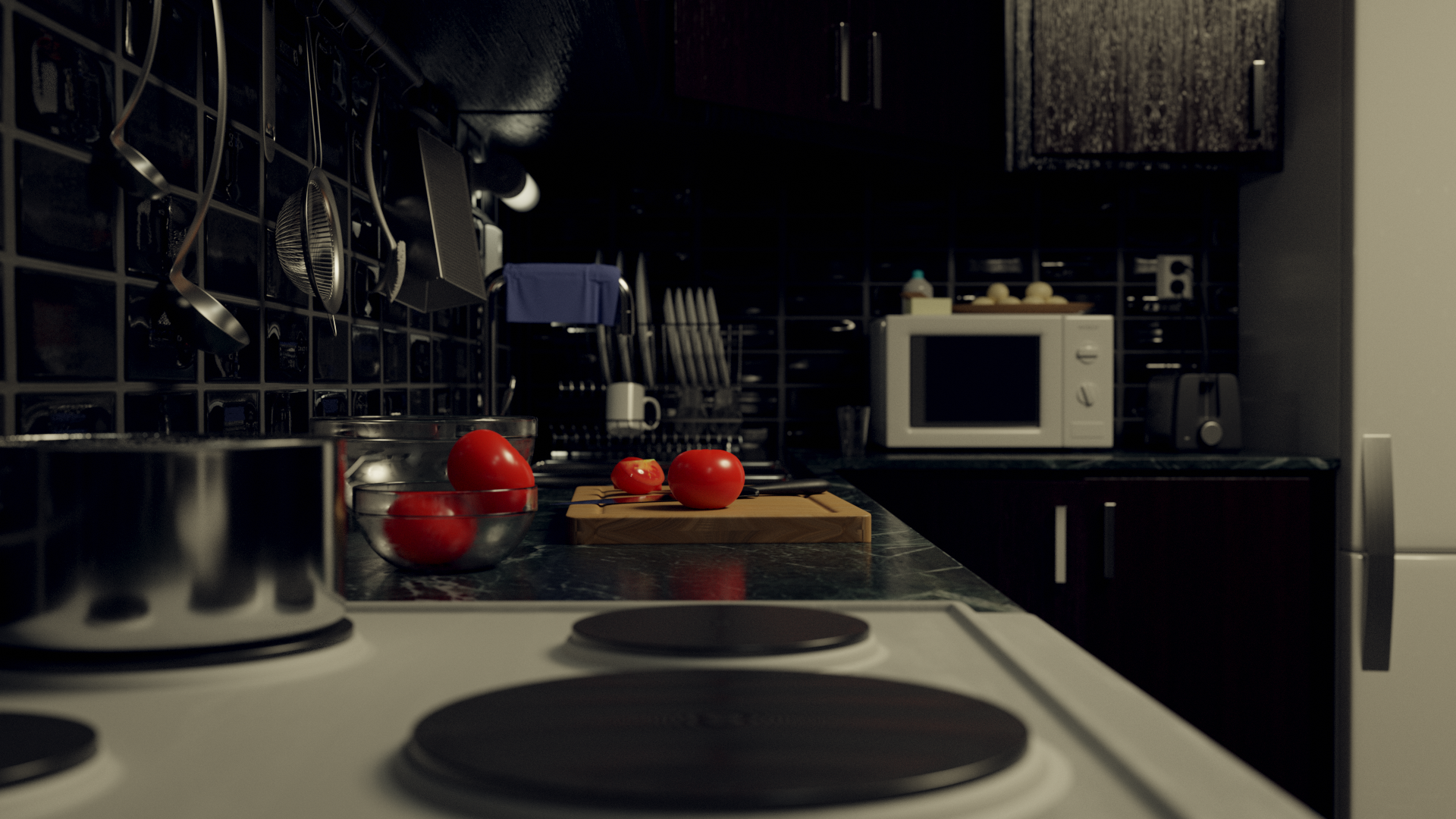Projects
ATTACK!
2021-11-08
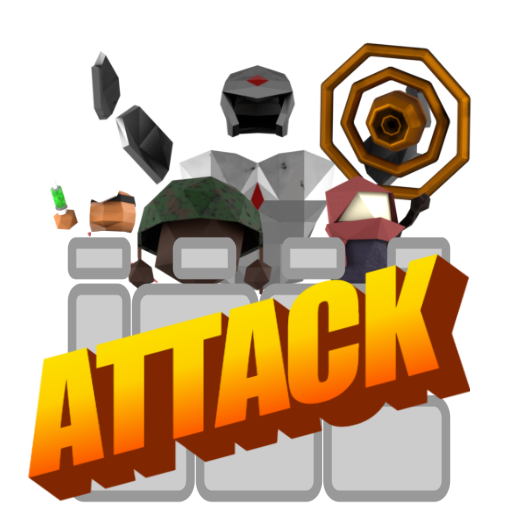
In the course DH2413 Advanced Graphics and Interaction at KTH, the first project that I worked on was this game project. It's an auto-chess style game where characters are spawned by placing the corresponding playing card on a screen table that has Microsoft PixelSense.
The name is an acronym for Augmented Table Top Auto Chess Kingdom.
The project was made in a team of five people, and my responsibilities were 3D modeling and animation, as well as creating the computer vision algorithms and data pipeline from the PixelSense to the Unity application.
There and Back Again: a LotR visualization
2021-03-19
As part of the course DH2321 Information Visualization at KTH, I was part of a team with four other people, and we created this visualization. It shows the paths that the major characters of the Lord of the Rings trilogy take through the story, on a large interactive map.
My responsibility were prototyping in D3, creating the paths and creating promotional graphics.
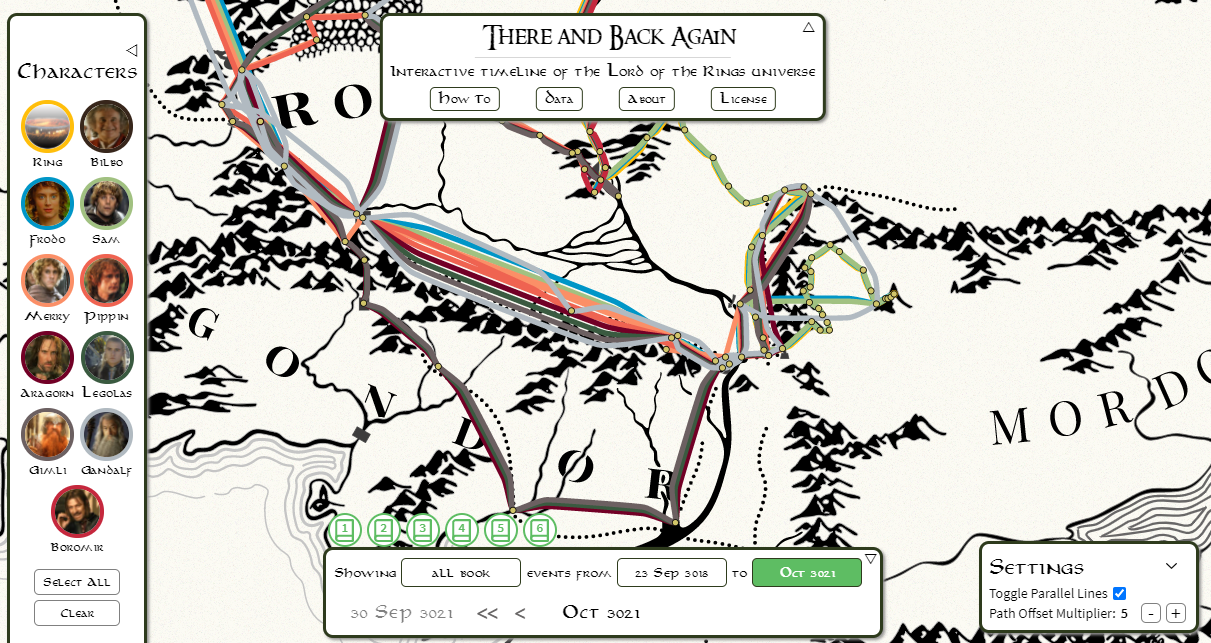
Breakr
2021-02-25

I got tired of setting timers to know when to take breaks from work and study, so I solved the problem by creating the app called Breakr and released it on Google Play. I learned Android Studio rudimentally, and coded in Kotlin for the first time, and I'm pretty happy with the resulting app!
YouTube Recommendation Decliner
2020-12-14

I know that I and probably many others have problems with putting YouTube down and not click on the next recommended video endlessly. Therefore, I created the Chrome extension YouTube Recommendation Decliner to automatically decline all recommended videos on YouTube. This is the first time I have dabbled in Chrome extensions, and it taught me a lot about how browsers work, and releasing on a new platform is always highly educational.
CorSA: Correct-by-design and Socially Acceptable Autonomy project
2020-08-06
CorSA is a research project that is funded by Wallenberg AI, Autonomous Systems and Software Program (WASP). I was hired as a research engineer to create a human-robot interaction simulation that is essentially a game of chicken between the human agent and a robot. I was also tasked with making the simulation accessible via Amazon Mechanical Turk, and for collecting the experiment data.
A demo of the final version of the simulation (where no data is collected) is available here.
River simulation using metaballs
2020-05-23
A project I did on my own in Unity as part of the course DH2323 Computer Graphics and Interaction. The goal was to explore the possibility of using metaballs to create a river simulation. During the course of the project a project blog was continually updated. The blog now contains the entire project progress history. The project's final result is available on the blog, and the final demo is also embedded below. The project report that was written after the implementation was complete is available here.
Faeria Eye Tracking Plugin
2019-06-12
This project was made by a group of eight people including me in the course DD1393 Software Engineering in collaboration with a company called Tobii. The project was about developing a plugin for the virtual card game Faeria, which is developed using Unity, so that it could be played using your eyes when using one of Tobii's eye trackers. The project was nearly fully completed, but it was not possible to publish the plugin, despite the great majority of the project's goals being reached, and nearly all aspect of the game being playable using just your eyes. The main concepts of the plugin are shown in the video demo below, where everything that happens is controlled using an eye tracker.
Golf course simulation
2019-03-15
A project in Unity with the goal of creating a physical simulation of a golf course, as part of the course DD1354 Models and Simulation. I was one of the two people working on the project together. The project also has a blog which was updated continually during the course of the project.
This link leads to a demonstration of the project's final results.

